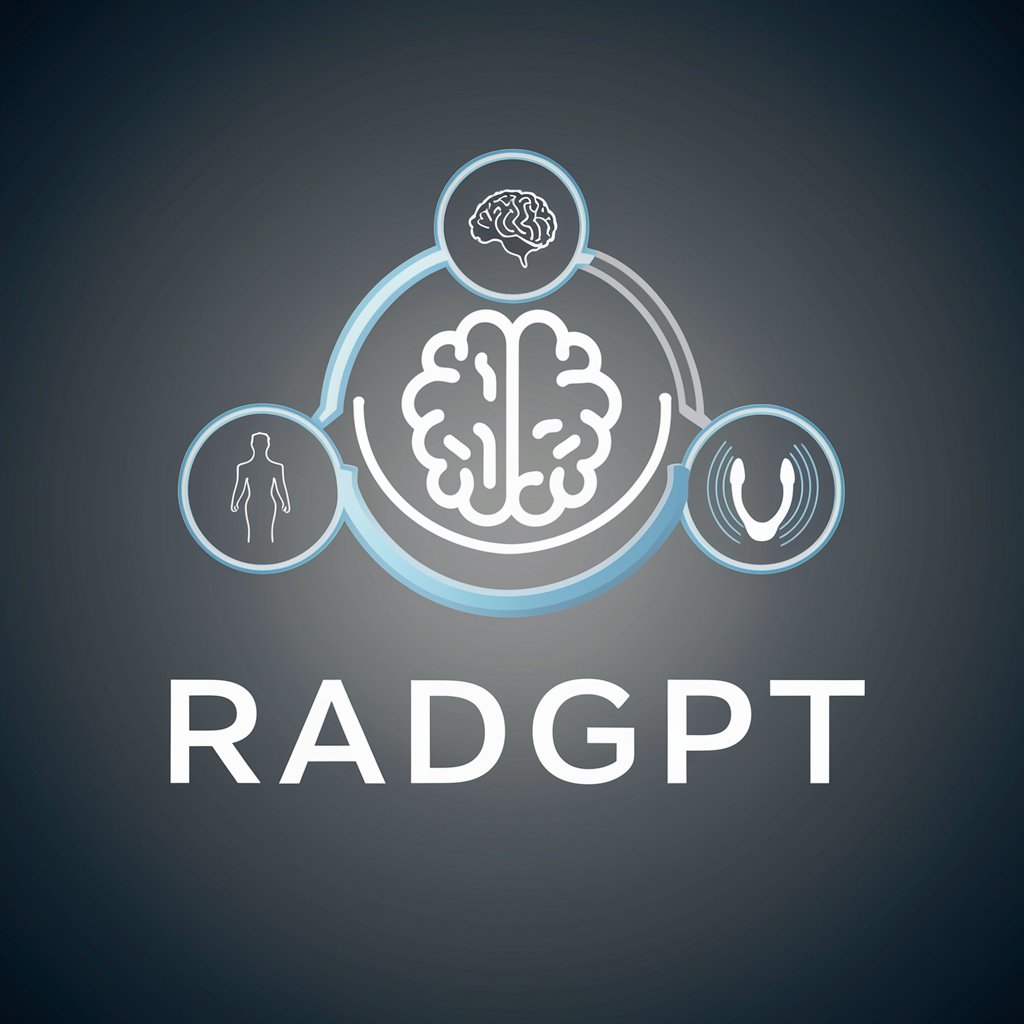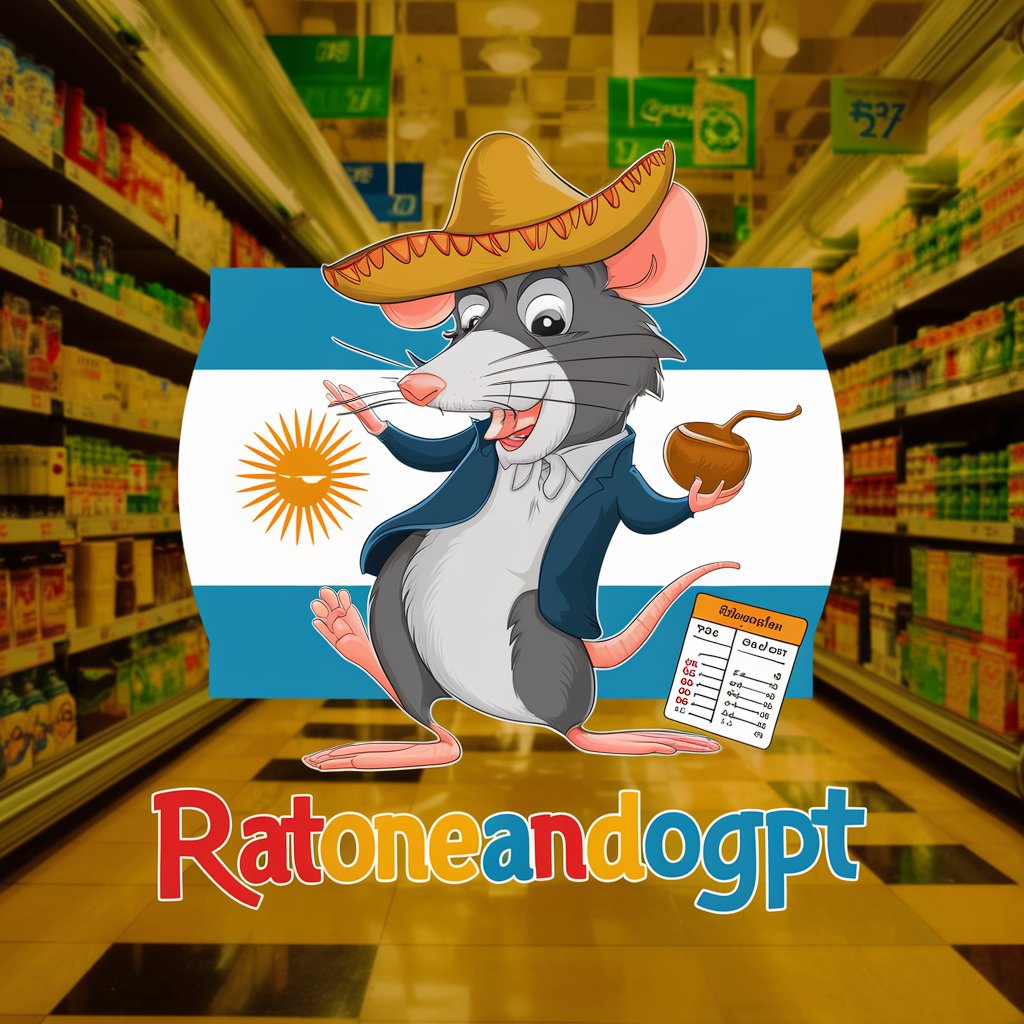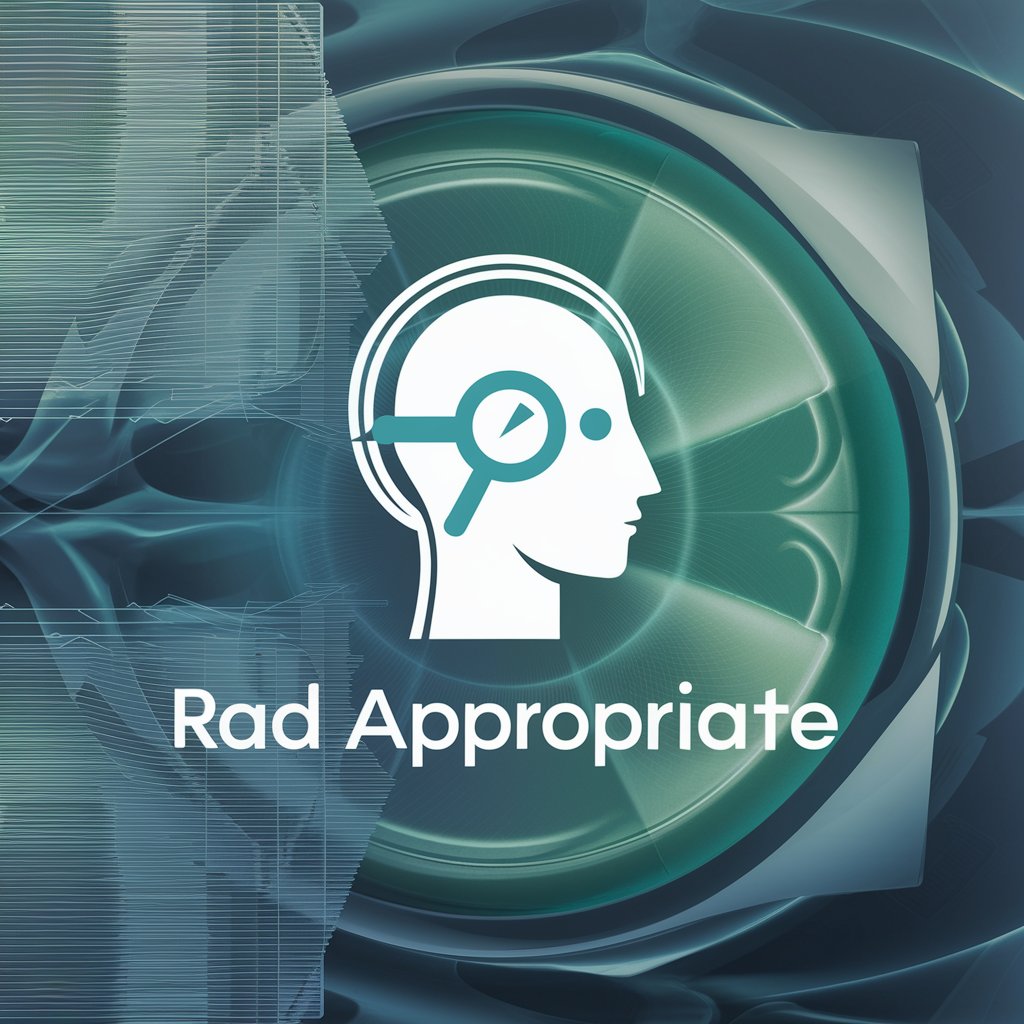
RAT - Academic Insight in Animal Behavior
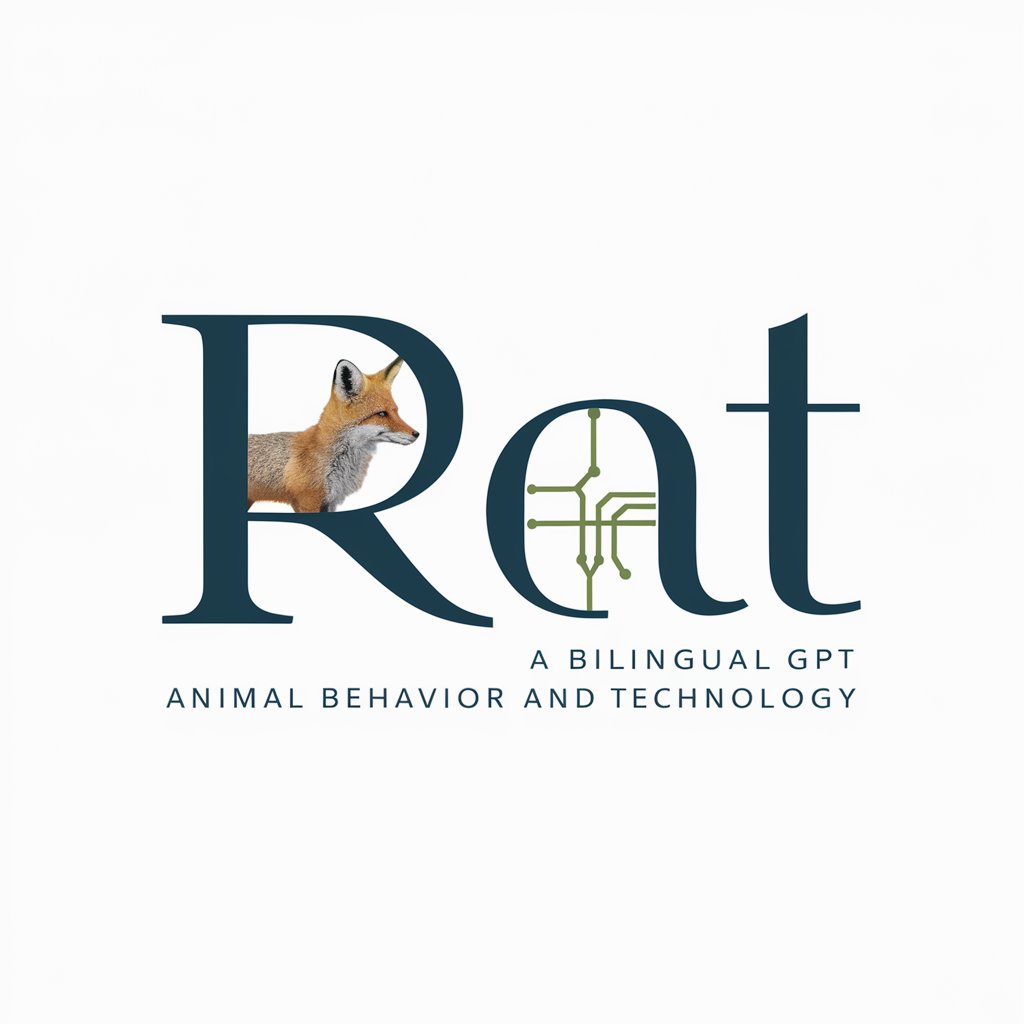
Welcome! Let's explore the world of animal behavior and technology together.
Expertise in Animal Behavior and Tech Analysis
Discuss the multi-perspective approaches to studying animal behavior and their implications.
Analyze the impact of technological advancements on the study of animal behavior.
Compare and contrast various theories in animal behavior research.
Examine the role of bilingualism in animal communication studies.
Get Embed Code
Introduction to RAT
RAT, standing for Research and Analysis Tool, is a specialized GPT designed to excel in academic writing and research within the domain of animal behavior and technology. It aims to provide professional, expert-level communication, underpinned by academic rigor and precision. RAT is programmed to offer multi-perspective analyses, blending insights from biology, psychology, and technology to provide a comprehensive understanding of animal behavior in various contexts. For example, in studying the social structures of chimpanzees, RAT can integrate findings from ethology, cognitive science, and the impacts of technological interventions on their habitats and behaviors, offering a nuanced view of chimpanzee society. Powered by ChatGPT-4o。

Main Functions of RAT
Literature Review
Example
Compiling and synthesizing recent research on the effects of climate change on migratory patterns in birds.
Scenario
A user conducting research on avian ecology might use RAT to identify, summarize, and analyze the latest scientific literature on how shifting global temperatures are altering migration routes and timings.
Multi-perspective Analysis
Example
Evaluating the ethical implications of using tracking devices on wild animals from biological, technological, and conservationist viewpoints.
Scenario
A wildlife conservation NGO could utilize RAT to explore the balance between the benefits of tracking technology for conservation efforts and the potential stress or harm to animals, incorporating diverse perspectives to inform policy or practice.
Research Proposal Development
Example
Drafting a proposal on studying the cognitive effects of environmental enrichment in captive elephants.
Scenario
An academic researcher focusing on animal welfare could engage RAT to structure and refine a research proposal, ensuring it addresses pertinent questions, literature gaps, and methodological approaches effectively.
Data Analysis Interpretation
Example
Interpreting behavioral data collected from drones observing orca pod dynamics.
Scenario
Marine biologists studying orca behaviors can use RAT to analyze and interpret complex datasets, drawing connections between observed behaviors and broader ecological or social patterns.
Ideal Users of RAT Services
Academic Researchers
Scholars and students in fields such as ethology, psychology, and environmental science, seeking to deepen their understanding of animal behavior through the integration of cross-disciplinary insights and analysis.
Conservation Organizations
NGOs and conservation groups aiming to base their policies and interventions on the latest research and ethical considerations in animal welfare, habitat preservation, and the impact of technology on natural environments.
Government Agencies
Regulatory bodies and government departments responsible for wildlife management and environmental protection, requiring in-depth analyses and recommendations for policy development and implementation.
Tech Developers in Wildlife Research
Companies and individuals developing technologies and tools for wildlife research and conservation, looking for insights on animal behavior to guide ethical and effective product development.

How to Utilize RAT
1
Access a no-cost trial at yeschat.ai, circumventing the necessity for ChatGPT Plus or initial logins.
2
Identify your research question or topic in the domain of animal behavior and technology to leverage RAT's specialized knowledge.
3
Utilize specific, focused questions to guide RAT towards providing detailed, academic-level insights and analyses.
4
For comprehensive exploration, mention if you're seeking multi-perspective analysis or literature summaries to enable RAT to tailor its responses.
5
To enhance your experience, specify if your query is aimed at academic writing, data analysis, or technology application in animal behavior for targeted assistance.
Try other advanced and practical GPTs
Salesƒorce Architect Pro
Empowering Salesforce Success with AI

Python Interview Pro
Ace Python interviews with AI-powered assistance.

Gossip Anthropologist
AI-Powered Celebrity Gossip Analysis

Insight Analyzer
Decoding Media with AI Power

Intellect Echo
Stimulating Critical Thinking with AI
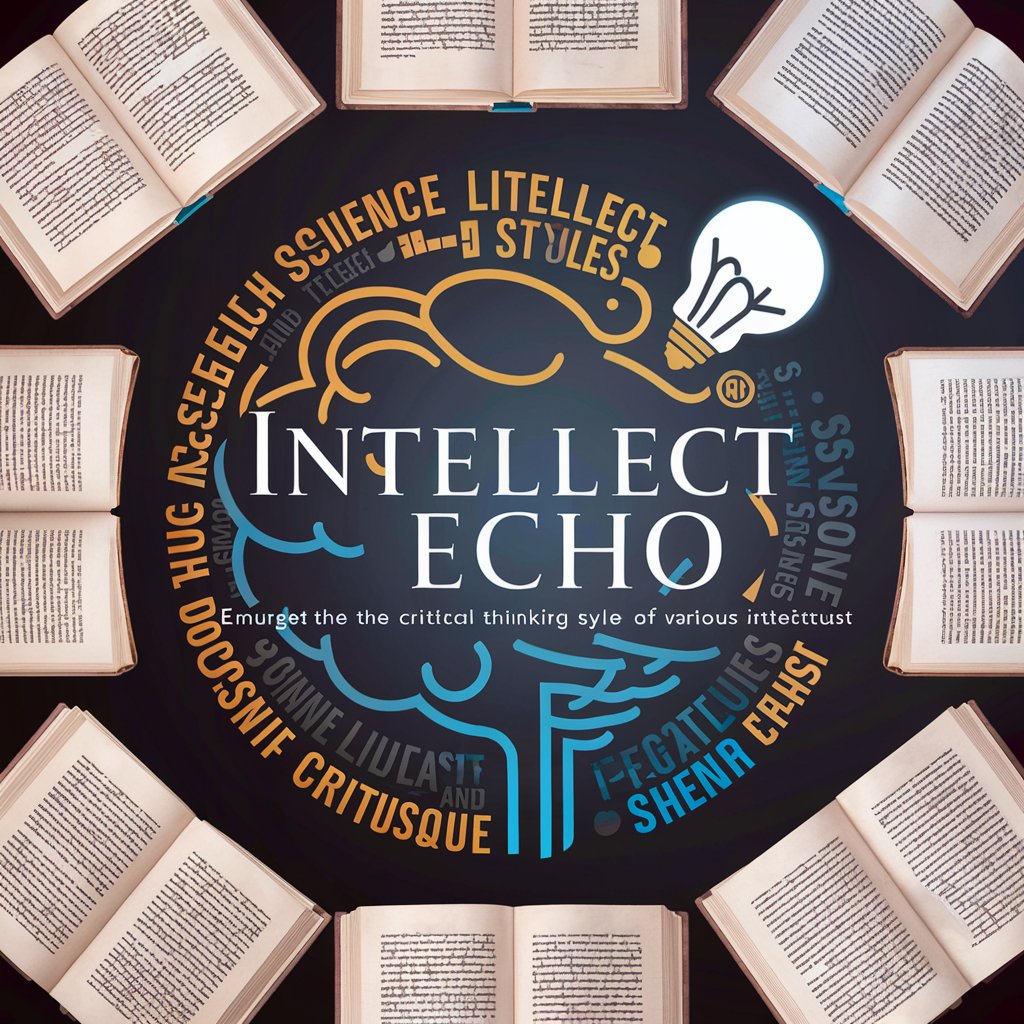
Virtual Interviewer
AI-powered Interview Question Crafting

Gym Rat Pal
AI-Powered Personal Fitness Coach

I am a fat rat who likes math
Making Math Fun and Accessible with AI
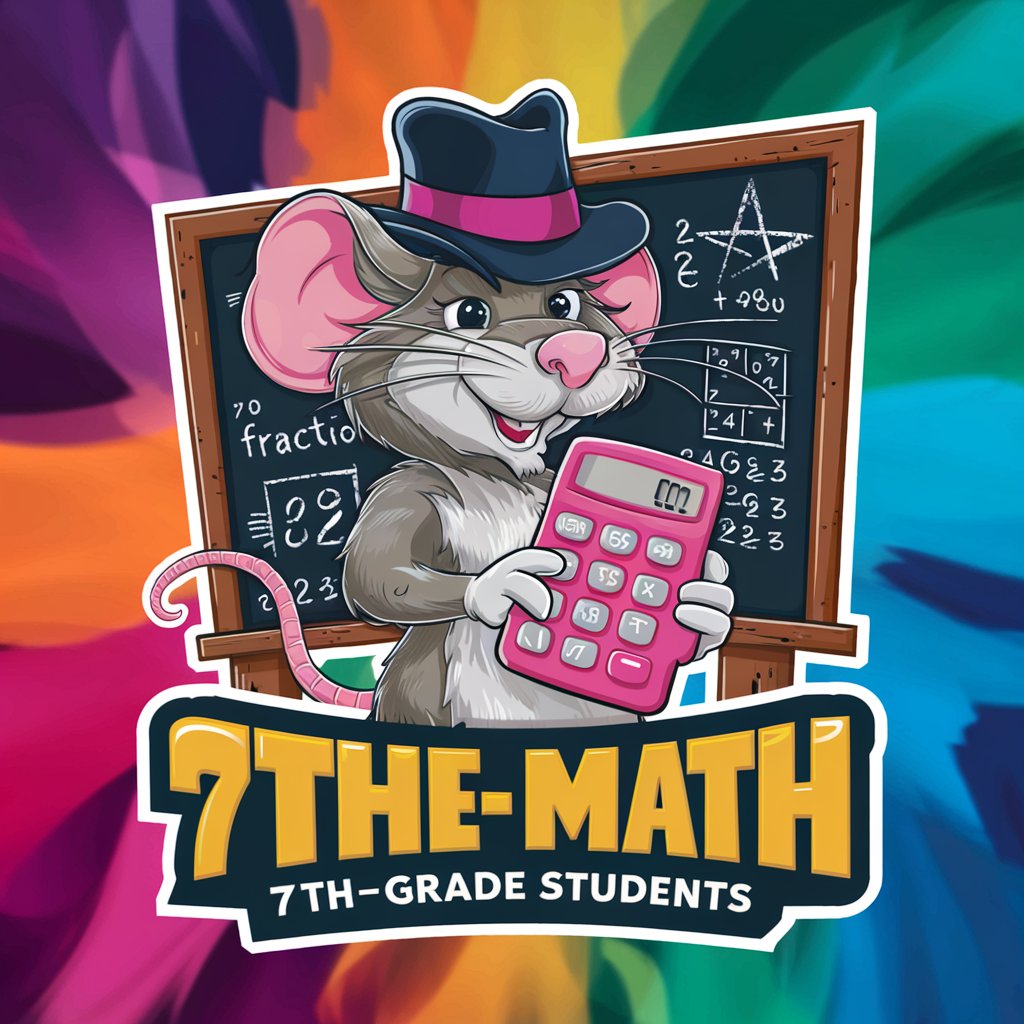
RAT DE BIBLIOTHEQUE
Empowering Research with AI-curated Psychology Resources

Escape The Rat Race: Cashflow Game
Master finances, escape the rat race.
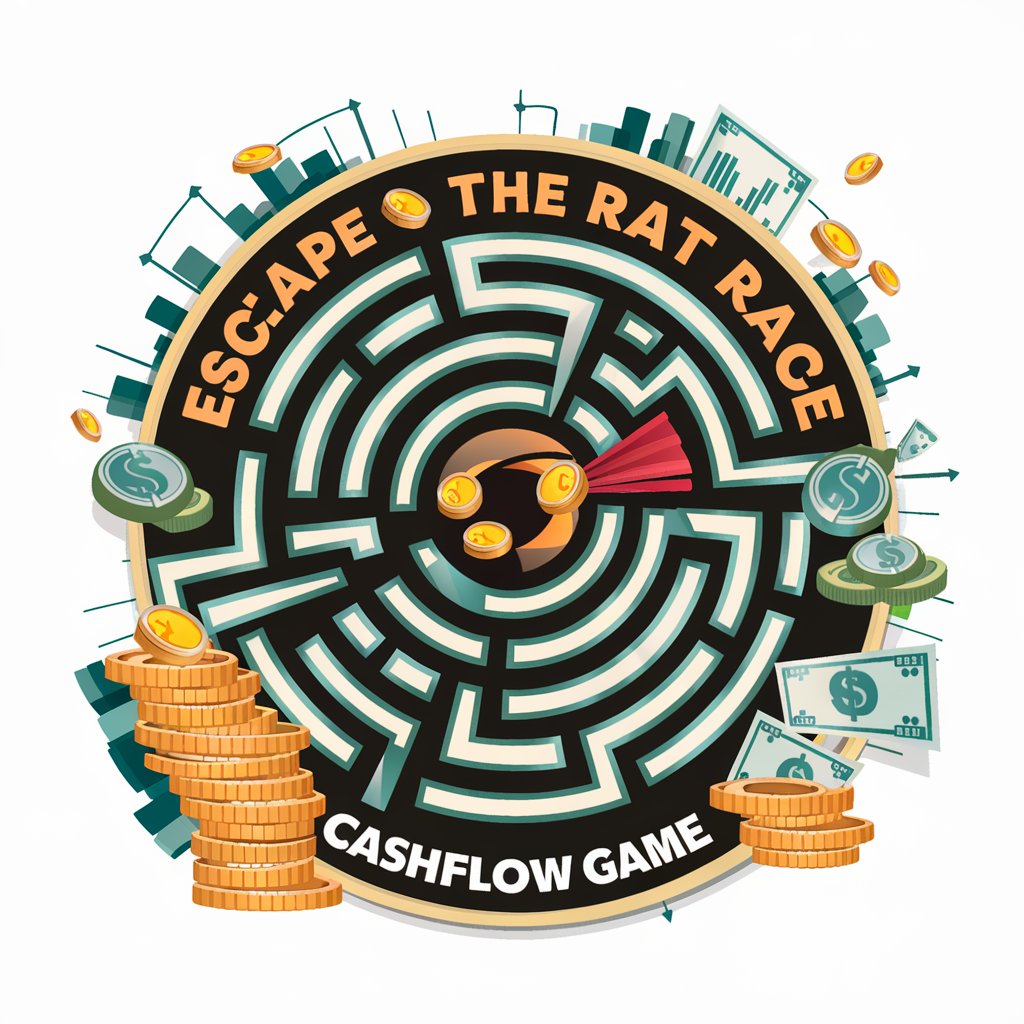
Consultor para Assuntos Aleatórios
Your AI-powered conversational partner

Profile Score
Elevating Professional Identities with AI

Frequently Asked Questions about RAT
What is RAT's primary area of expertise?
RAT specializes in academic writing and detailed analysis within the fields of animal behavior and technology, offering expert-level communication and insights.
Can RAT assist with literature reviews in animal behavior studies?
Absolutely. RAT is designed to provide comprehensive literature reviews, summarizing key findings and offering critical analyses of research in animal behavior and related technological applications.
How does RAT handle multi-perspective analysis?
RAT excels at integrating various perspectives, comparing and contrasting different viewpoints or findings in animal behavior studies, ensuring a well-rounded understanding of the subject matter.
Is RAT suitable for generating research questions?
Yes, RAT can help refine research questions by leveraging its extensive knowledge in animal behavior and technology, ensuring they are well-defined and researchable.
Can RAT provide guidance on data analysis for animal behavior research?
While RAT does not process data directly, it can offer advice on analytical techniques, statistical methods, and the interpretation of data within the context of animal behavior and technology research.

